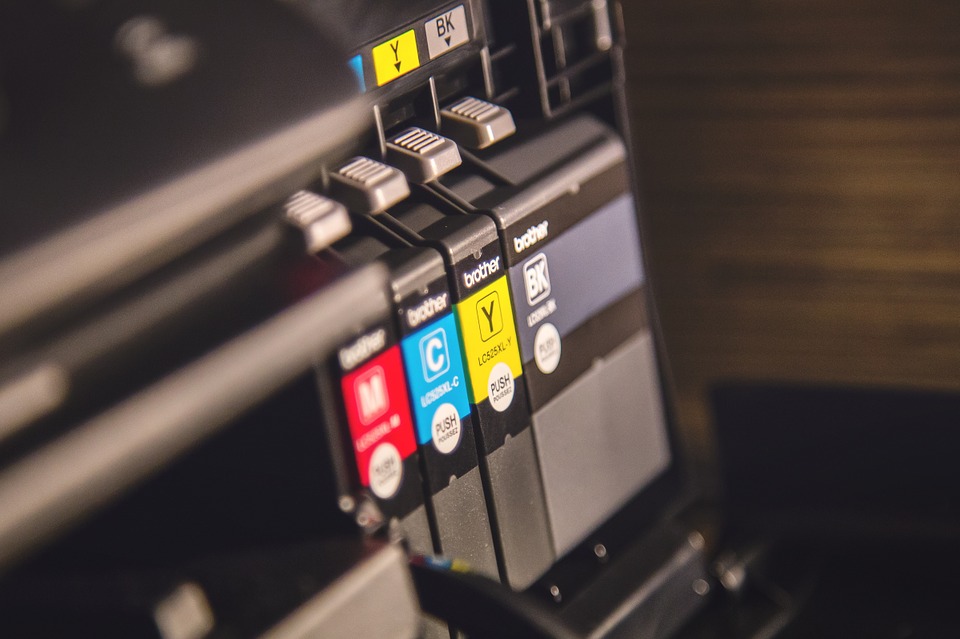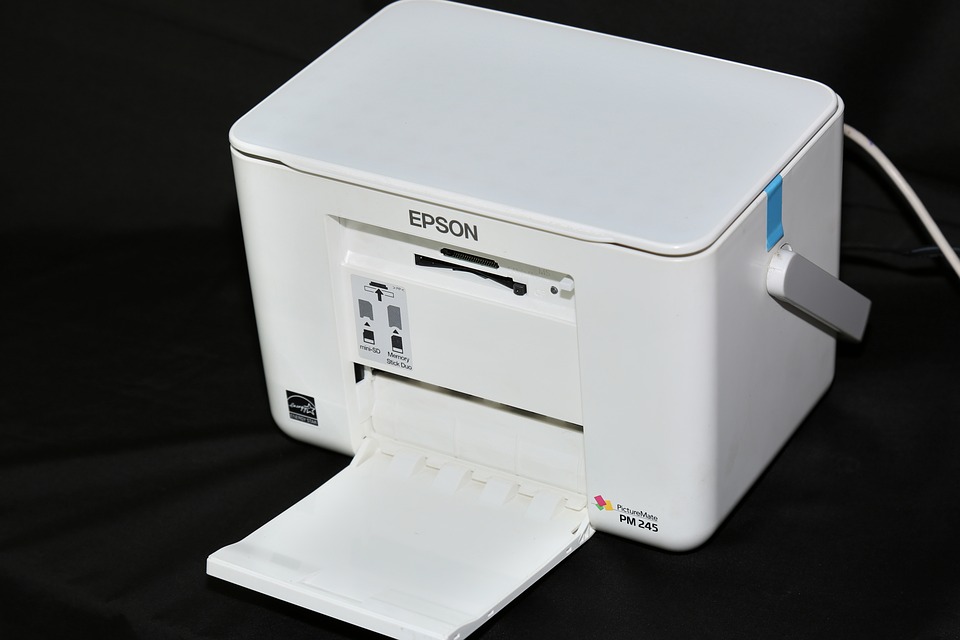Printers are now commonplace in nearly all offices and most homes. But did you know that the use of printing can be dated back to the year 3000 BC? Today, we have laser printers, digital printing and 3D printers and, because of their affordability, most people have a basic printer in their own home as well as in the workplace. You never have to run out of toner because you can replace your big brand toners such as Canon, Epson or HP toner cartridges online at the click of a button. Let’s take a look back at how printing has evolved through the ages:
Woodblock printing: Used to print text, images or patterns, this was used widely throughout East Asia. Evidence of using woodblock can be dated back to the year 220 in China where the method was used to print on cloth. Block printing was also used widely in the 15th Century throughout Europe to produce books.
Printing presses: The printing press was invented in Germany by a goldsmith called Johann Gutenberg in 1439 and had a huge influence on the industry. While it increased the speed at which manuscripts and books could be printed, it was still slow compared to standards today. These wooden machines had to be manually operated and the ink applied to the text-blocks by hand. Steam printing presses, invented in the 1800s, made the job a lot easier.
Colour-printing: In the 19th Century the technique of chromolithography, based on lithography, was introduced. This used chemical processes to print an image in colour.
A chromolithograph could take months to produce but led the way for color advertisements.
Xerography: This was a dry photocopying technique with the first actual photocopier model developed in the 1940s by Chester Carlson. He and his team patented the term xerography and the first Xerox machine was born.
Inkjet: The technology for inkjet printing was developed in the early 1950s. It recreated a digital image by propelling droplets of ink onto paper and other mediums. By the late 1970s inkjet printers that could reproduce digital images created by computers were developed, with the main manufacturers being HP, Canon and Epson.
Dye-sublimation printers: Created in 1957, these produced photo-quality prints. The method involves transferring heat to a ribbon with three coloured panels and a clear overcoat layer. Heat is used to turn the solid-state dye into a gas that bonds to the printing material.
Laser printers: These paved the way for the fastest, quietest, and most efficient form of printing so far. They use a laser beam to ‘draw’ an image of what is to be copied directly onto the copier drum.
3D printing: We think of this as a relatively new type of printing but early 3D printing was actually being experimented with back in the 1980s. A 3D object is created from successive layers of material formed under computer control. The use of 3D printing has come on in leaps and bounds with methods of the process earmarked for use in industries from medicine to construction and food.
Digital: Digital printing has revolutionized desktop publishing and bypasses the need for printing plates. It is used for advertising such as outdoor banners and event signage, printing on demand for customised photo books and architectural design.




